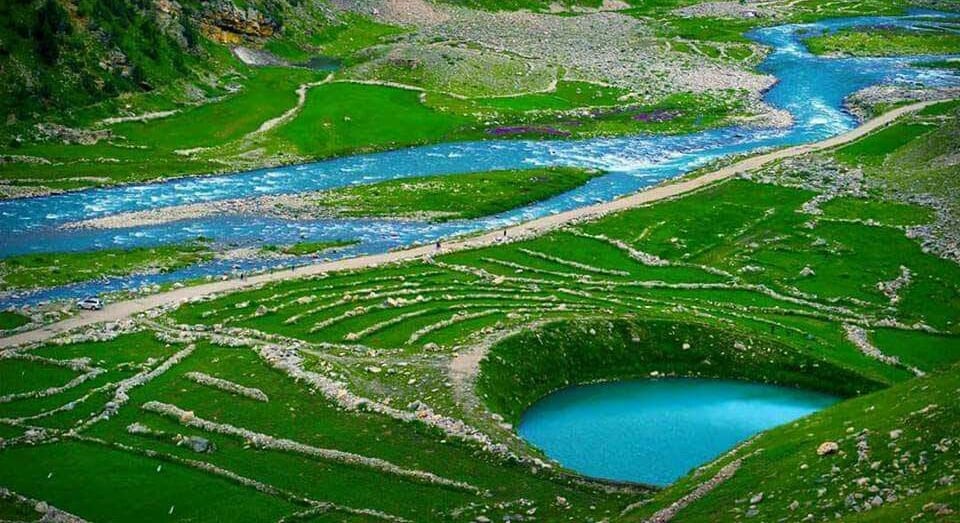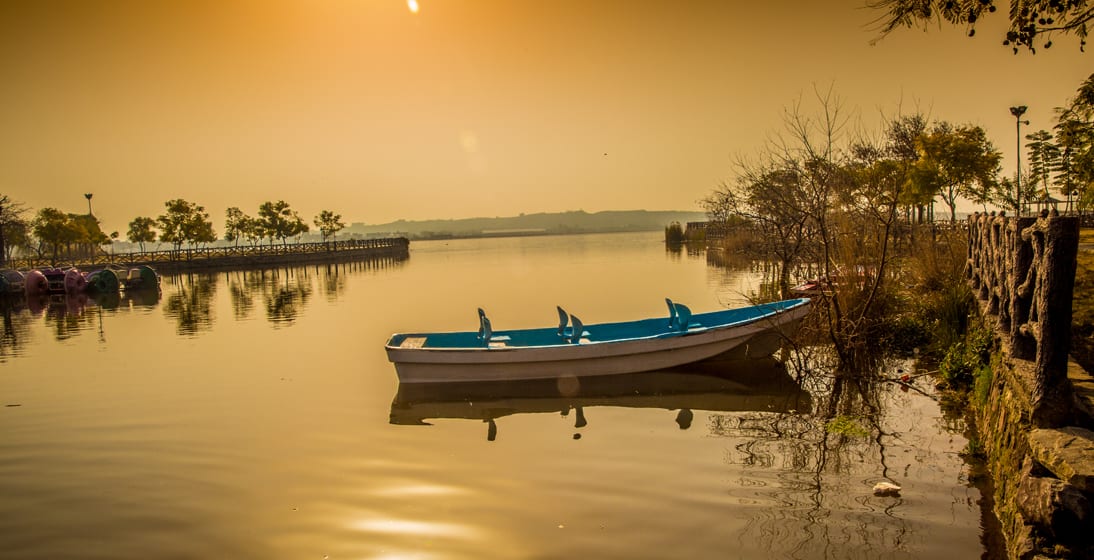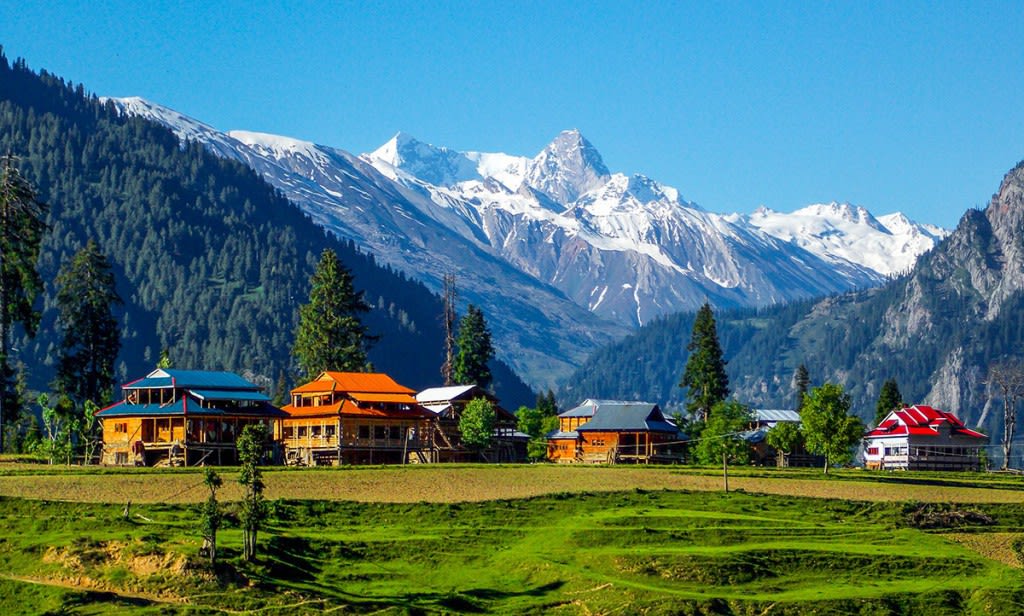The Faqir Khana Museum, owned by the Fakir Family, is a magnificent private museum that has over twenty thousand items dating back to the early 18th century. Faqir Khana Museum Lahore is South Asia’s largest privately-owned museum. In particular, Maharaja Ranjit Singh’s relationship with the family is responsible for the museum’s large collection. Lahori families’ incarnated links with Sikhs have been on display here since 1901 when it first opened its doors to the public. Museum’s treasures include textiles from the Sikh period, ivory objects, manuscripts, and paintings by Nawab Mumtaz Ali, among other things. There are jewelry, literature, calligraphy, and sculptures in the 200-year-old museum. These include Buddhist sculptures made in Gandhara, a 15th-century painting of Krishna’s birth and a portrait of a Nawab painted with a single strand of hair that took 14 years to complete
The museum provides visitors with a lot of information on Punjabi culture and history. There are presents from Queen Victoria and Maharajah Ranjit Singh to Fakir Syed Azizuddin and Fakir Syed Nooruddin, two ministers in his court, among the museum’s displays. Members of the Fakir family presently run the museum. Only by appointment can the public gain access to the facility, which is now restricted to the public.
In the 1700s, the Fakir family started living here, which has been a part of the city’s history for over 200 years. Noor-ud-din Fakir served as an advisor to Maharaja Ranjit Singh, who founded the Sikh Empire at Lahore in 1799 and established its capital there. They held several significant court roles, including Fakir Syed Nooruddin and Fakir Syed Azizuddin and Imamuddin, respectively. Among them was Fakir Syed Noor-ud-din, who served as governor of Lahore, Fakir Syed Imam-ud-din, who was in charge of the Maharaja’s finances, and Fakir Syed Aziz-ud-din, who was Ranjit Singh’s spokesperson and also served in roles of Prime minister and Foreign minister.
Many of the museum’s early collections were presents to the Fakir Brothers received as Maharaja Ranjit Singh’s diplomatic ambassadors from the Sikh Emperor and other foreign ruling powers. The brothers were Maharaja Ranjit Singh’s pillars.In order to share the city’s history with the public, Fakir’s family loaned a significant portion of the Fakir Khana Museum collection to the Lahore Museum.
The miniature hall has pieces displayed from three-quarters of the century. It also exhibits changes British brought during their reign. 160 miniatures paintings are framed and displayed here. These are from Mughal, Irani, and Rajput, and Pahari eras mostly. The 12 inches tall and 6 inches wide portrait is also one of the attractions in the museum. The Quran with hand-written Kufic script is also in this museum.
Textiles from the Sikh era are also part of the collection, the famous Kashmiri shawl of Maharani Jinda, a wife of Ranjit Singh is also part of the collection. The porcelain collection is from Russian, Japanese, French, German, English, Korean, and Chinese crockery. Japanese porcelain from the 18th century is the most ancient piece in the collection.
The wooden architecture and framework in the museum are by Bhai Ram Singh, famous architecture of his time. The hall of carpets was originally the sitting room which now has 18 precious pieces shown.
The Faqir Khana Museum Lahore is worth visiting for any history enthusiast. The collection here helps you revisit the era from the 18th and 20th centuries.







